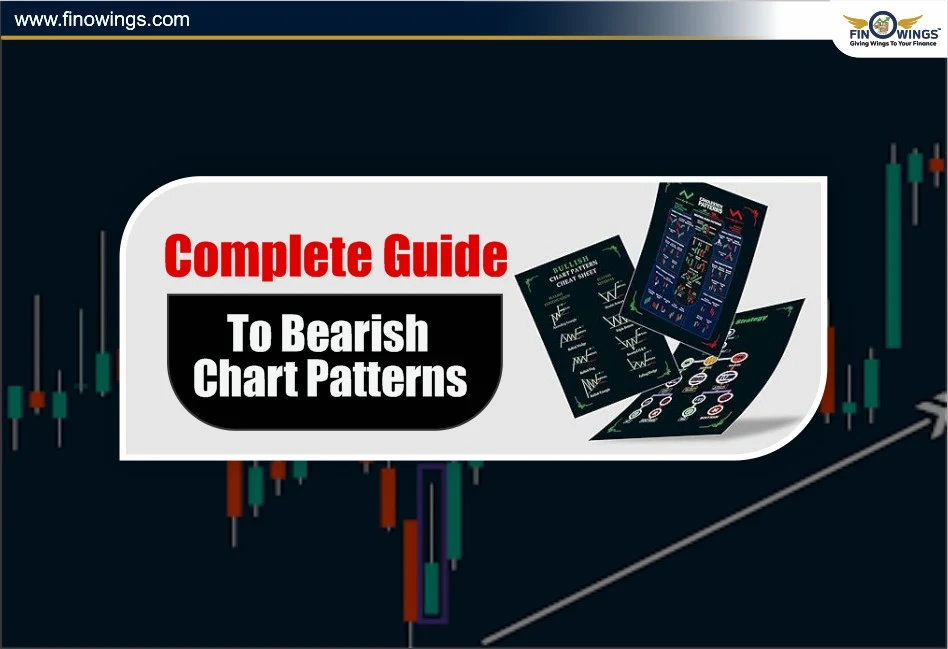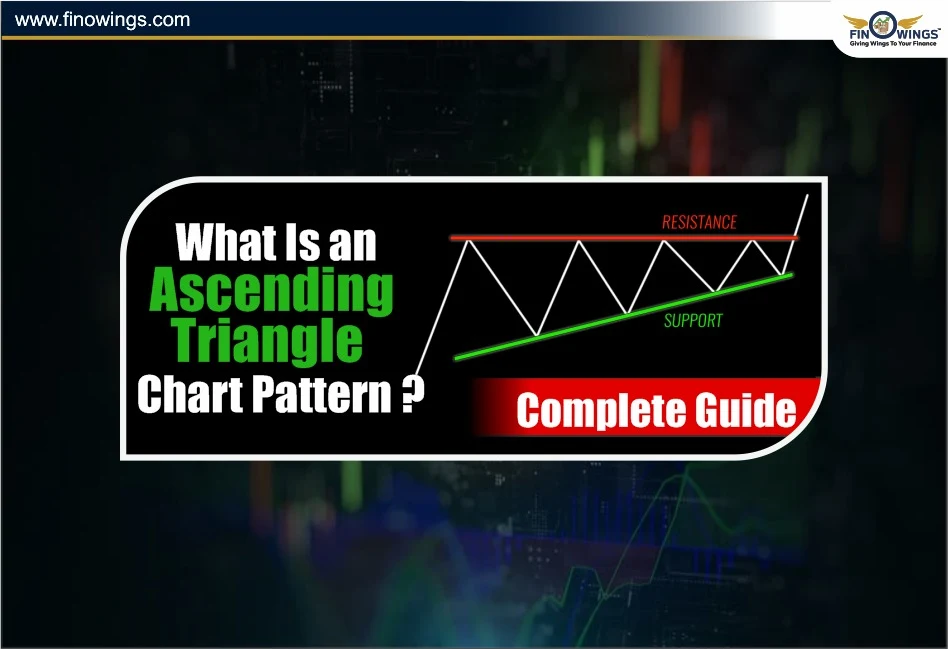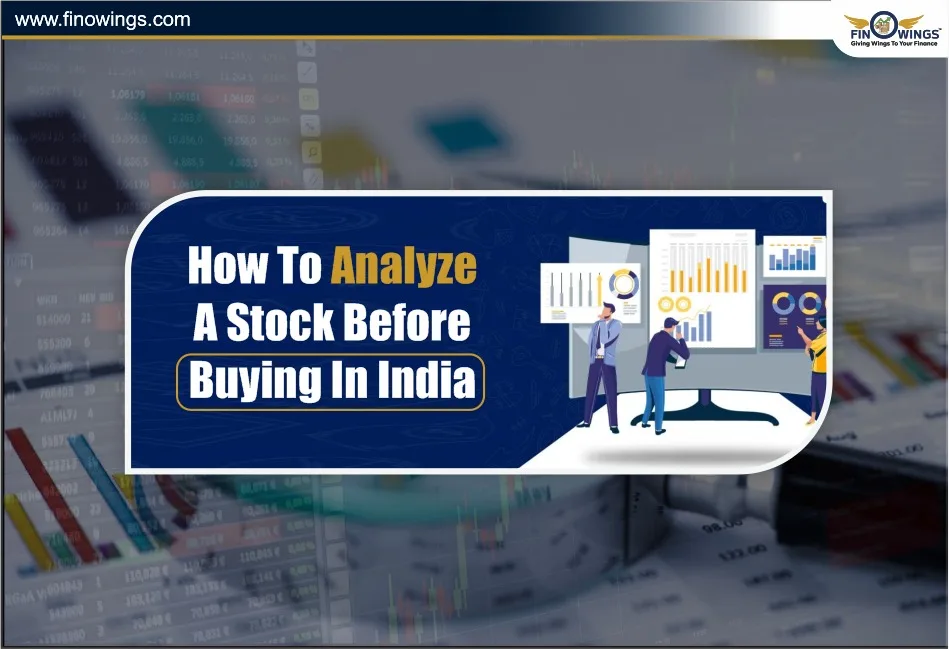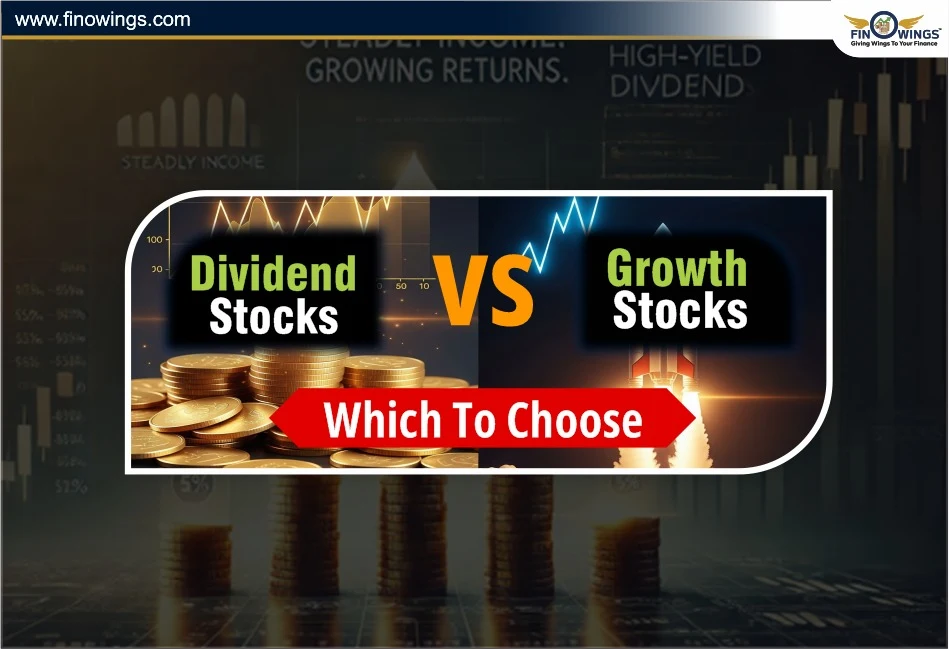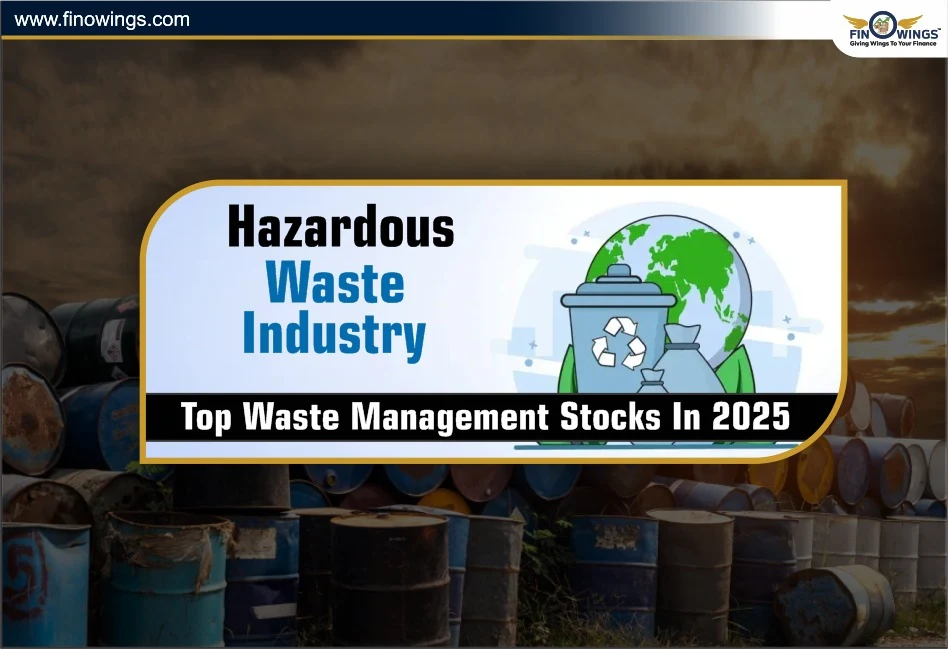Home >> Blog >> What Is ASM in Stock Market? Meaning, Full Form, Stages & Duration Explained
What Is ASM in Stock Market? Meaning, Full Form, Stages & Duration Explained
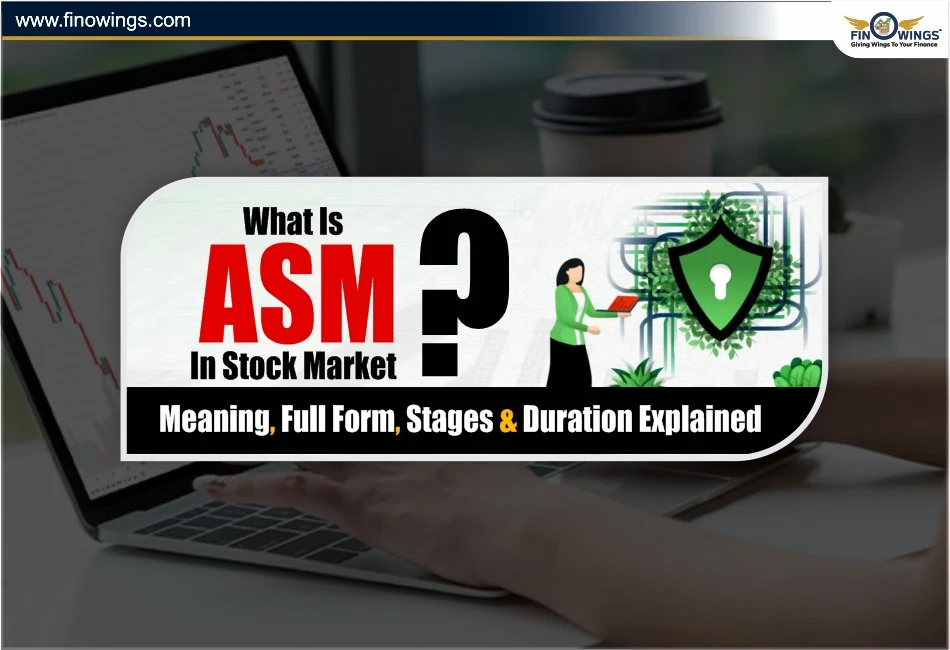
Table of Contents
If you invest in stocks, you would have seen messages that say, “This stock is under ASM.” Most investors panic when they see this message, not understanding what it really means.
Here, we will explain everything you need to know about the ASM stock meaning, ASM in stock market, its full form, stages, duration, and its impact on trading.
ASM Full Form in Stock Market
ASM Full form in stock market is “Additional Surveillance Measure.” This was added by the Securities and Exchange Board of India (SEBI) and the National Stock Exchange (NSE) in 2018. The ASM framework acts as a protective monitoring system to shield investors from abnormal price volatility and the manipulation of stock trading.
If a stock is showing unusual price changes or trading patterns, the exchanges put it under ASM to keep a close watch and control speculative trading.
What Does ASM Mean in Stock Market?
So, what does asm in stock market translate to simply?
ASM in stock market means the stock has demonstrated abnormal behaviour -- be it sudden price increases, price changes, or sharp declines that might not be justified by the fundamentals of the company.
It does not mean the company is bad or fraudulent; it simply means increased surveillance by the exchanges is there to protect the retail investors.
The objectives of the ASM framework predominantly consist of:
-
Manipulation of price is mitigated.
-
Prevention of pump-and-dump schemes.
-
Fair market practices are upheld.
-
Investors are warned of risky behaviours.
Who Decides Which Stocks Come Under ASM?
The NSE and BSE, in concurrence with SEBI, make the decision on which stocks come under ASM by defining the specific guidelines.
Some of the abnormal guidelines enacted consist of:
1. High volatility in price relative to the market
2. Unusual volume spikes not justified by company updates.
3. Manipulation of Prices or insider trading.
4. Penny stocks with low float and high speculation.
5. Abnormal returns compared to peers in the same sector.
Upon identification, these stocks are categorized into different ASM stages in accordance with the severity of the risk.
Explanation of the ASM Framework
The ASM framework comprises of Short-Term ASM and Long-Term ASM.
1. Short-Term ASM
This type is utilised for sudden and extreme volatility that occurs within a short time frame. The stock is placed under close monitoring for a handful of trading sessions.
2. Long-Term ASM
This pertains to stocks that for a longer time exhibit consistent unusual patterns. The emphasis is placed on abnormal behaviour that is sustained, rather than on fleeting behaviour.
Both the NSE and SEBI perform due diligence on these lists, which is the reason stocks may come in and out of the framework based on their behaviour.
ASM Stages Explained (Stage 1 to Stage 4)
The stock that goes under the ASM lists gets classified into different levels of surveillance, which contain different degrees of restrictions. Here is a detailed description of each stage.
ASM Stage 1 Means
-
The stock in the ASM Stage 1 means it is placed under the initial observation.
-
The margin requirements are increased to deter unreasonable speculation.
-
In these cases, where a 100% margin is required, this means traders are required to pay the full amount to perform a trade.
-
Only delivery-based trading will be allowed, as no intraday leverage is permitted.
Example: For purchasing an ASM Stage 1 stock worth Rs. 1 lac, you must pay Rs. 1 lac in full. No margin funding will be provided.
ASM Stage 2
-
If the stock continues to exhibit unusual volatility even after being in Stage 1, it is moved to ASM Stage 2.
-
Even stricter restrictions.
-
In most circumstances, intraday trading is entirely banned.
-
The price bands (daily upper/lower limits) are more closely controlled to help mitigate volatility.
-
The stock remains on a watchlist for further evaluation.
ASM Stage 3
-
In Stage 3, the exchanges impose even stricter controls.
-
The stock may be moved to a trade-to-trade (T2T) segment where only delivery-based transactions are permitted.
-
Speculative and intraday trading is not allowed.
-
To stop market manipulation, daily price movement limits may be lowered to 2% or 5%.
-
This stage signals the greatest effort to curb unusual activity.
ASM Stage 4 and Duration
-
Stage 4 is the highest surveillance level present in the ASM framework.
-
Stocks in this stage face maximum restrictions.
-
It is enforced 100% margin, trade-to-trade settlement, and very tight price bands.
-
When speculative traders leave the system, there is a notable decline in trading volume.
-
The duration for ASM Stage 4 usually lasts at least a month but can be extended due to ongoing abnormal behaviour or the risk of continued manipulation.
-
Once the stock stabilises, it will slowly and in order move back through the lower stages: Stage 3, 2, and 1, before it is completely taken off ASM.
ASM in Share Market: Example
Consider a small-cap company. In the absence of any major announcement, the company has experienced a 120% increase in value over a 2-week period. In this case, the NSE may categorise the company for Short-Term ASM Stage 1.
If the volatility continues, it may advance to Stage 2 or Stage 3. Once trading resumes in a more stabilised and normalised state, the stock will be taken off the ASM list.
This demonstrates that ASM in the share market does not equate to delisting or fraudulent activity. It is simply a temporary safety mechanism designed to protect investors.
Impact of ASM on Traders and Investors
When the stock is placed on ASM, the effects are felt by both short-term traders and long-term investors. Here is how:
For Traders:
-
It becomes increasingly challenging to engage in intraday trading or, in some cases, to perform such trading at all.
-
The ability to purchase on margin is taken away.
-
There is a decrease in liquidity as trading volume declines.
-
When profit potential is limited, price movements become constrained.
For Long-Term Investors:
-
Only temporarily controlling volatility, there are no fundamental shifts in the company.
-
Eventually, good companies that are under ASM restrictions will be able to have stable prices.
-
Patience is often rewarded as these ASM stocks become buying opportunities after the restrictions are removed.
ASM NSE and BSE Coordination
You can view the ASM NSE and ASM BSE published lists that are regularly updated on their websites. You can go to the NSE ASM List or BSE ASM List. The list provides information pertaining to Stock name, Stage (1 to 4), Type (Short-Term or Long-Term), Effective date of inclusion.
Difference Between ASM and GSM
|
Aspect |
ASM |
GSM |
|
Full Form |
Additional Surveillance Measure |
Graded Surveillance Measure |
|
Focus |
Unusual price or volume movement |
Poor fundamentals or financial distress |
|
Duration |
Temporary |
Can be longer |
|
Applicability |
Any stock showing volatility |
Only companies with weak fundamentals |
Ways to Trade ASM Stocks Safely
For ASM trading, here are the smart rules to follow:
1. Short-term speculation is to be avoided. - Place delivery orders.
2. Watch out for ASM stage changes. - Announcements from NSE and BSE will provide information.
3. No panic selling. - Spreading the fundamental sheets of the company to determine if values are in the selling area should be done.
4. Expect volatility. - Once the stock escapes ASM, prices and momentum usually come back.
Key Points to Remember
-
ASM full form in share market is Additional Surveillance Measure.
-
ASM in stock market means enhanced monitoring to prevent speculation.
-
ASM Stage 1 means initial observation with higher margin requirements.
-
ASM Stage 4 duration is usually 1 month or more, depending on volatility.
-
ASM framework is managed by SEBI, NSE, and BSE jointly.
-
ASM trading involves delivery-based transactions only, no intraday leverage.
The most cautious investors concentrate on creating steady revenue streams even while systems like ASM shield traders from volatility. Discover how to consistently build wealth outside of stock trading by reading our comprehensive article on the Top 10 Passive Income Ideas in India.
Conclusion
The ASM in stock market is a critical protective measure to prevent speculative manipulation. It just indicates that the exchange is keeping an eye on things to preserve trading's fairness and openness, not that the corporation is terrible. Whether you are a long-term investor or a trader, the most crucial elements in any market position will always be discipline, research, and risk management.
DISCLAIMER: This blog is NOT any buy or sell recommendation. No investment or trading advice is given. The content is purely for educational and information purposes only. Always consult your eligible financial advisor for investment-related decisions.







